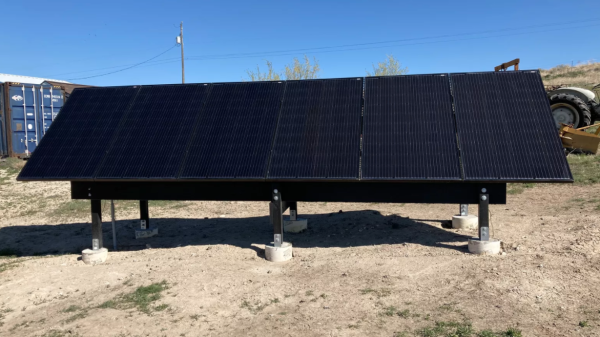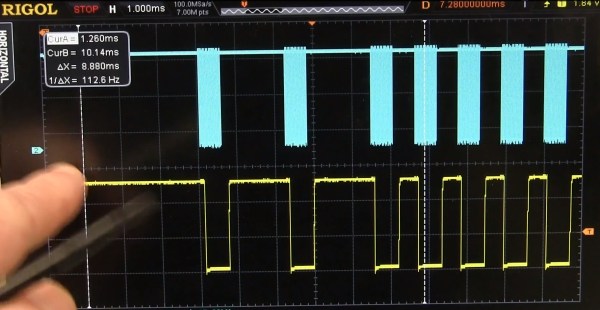The world once ran on hardcopy, and when the digital age started to bring new tools and ways of doing things, documents were ripe for change. Today, word processors and digital documents are so ubiquitous that they are hardly worth a thought, but that didn’t happen all at once. [Cathode Ray Dude] has a soft spot for old word processors and the journey they took over decades, and he walks through the Olivetti ETV 2700.

The ETV 2700 is a monstrous machine; a fusion of old-school word processor, x86-based hardware, and electric 17 inch-wide typewriter.
With it one could boot up a word processor that is nothing like the WYSIWYG of today, write and edit a document, and upon command, the typewriter portion could electronically type out a page. A bit like a printer, but it really is an electric typewriter with a computer interface. Characters were hammered out one at a time with daisy wheel and ink ribbon on a manually-loaded page using all the usual typewriter controls.
While internally the machine has an x86 processor, expects a monitor and even boots MS-DOS, the keyboard had its own layout (and even proprietary keys and functions), did not support graphical output, and in other ways was unusual even by the standards of the oddball decades during which designers and products experimented with figuring out what worked best in terms of functionality and usability.
Nowadays, we see AI-enabled typewriter projects and porting vintage OSes to vintage word processor hardware, but such projects are in some part possible in part thanks to the durability of these devices. The entire video is embedded below, but you can jump directly to what the Olivetti ETV 2700 looked like on the inside if that’s what interests you most.
Continue reading “Wandering Through Old Word Processors Yields A Beast”

















